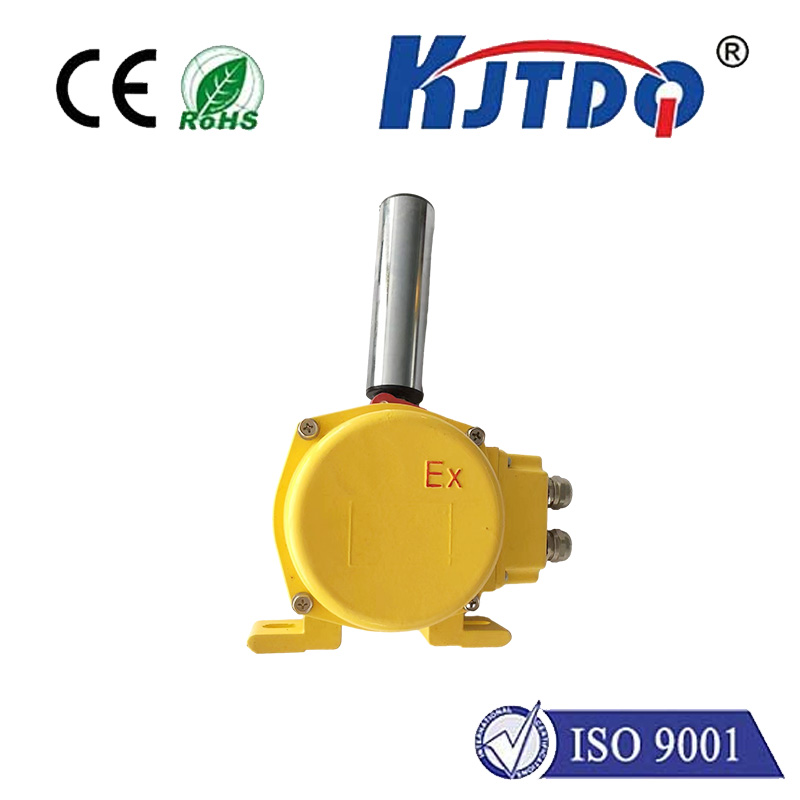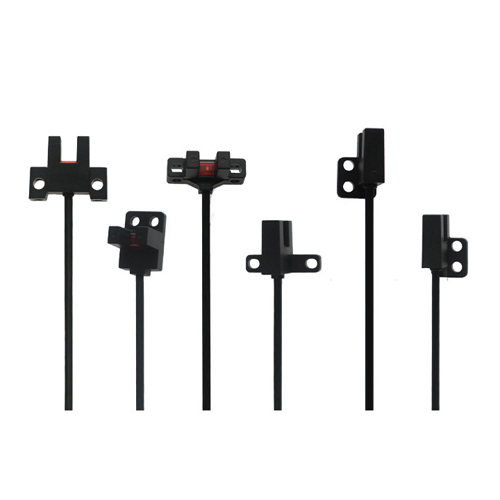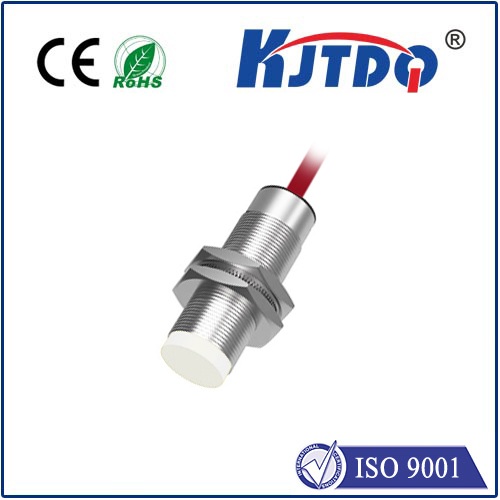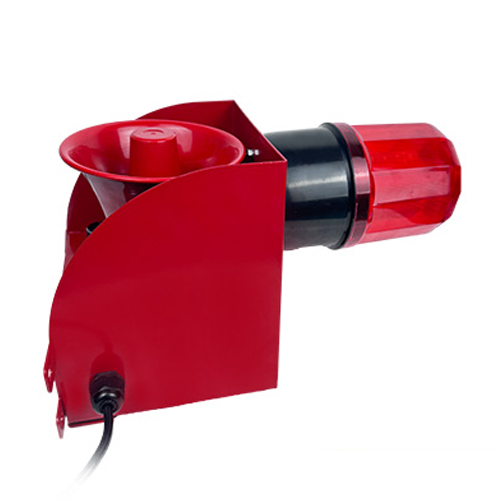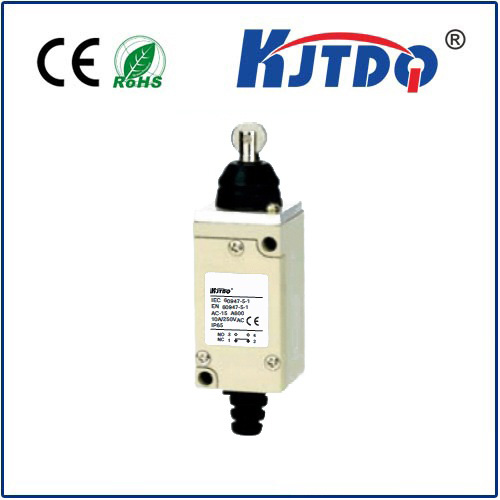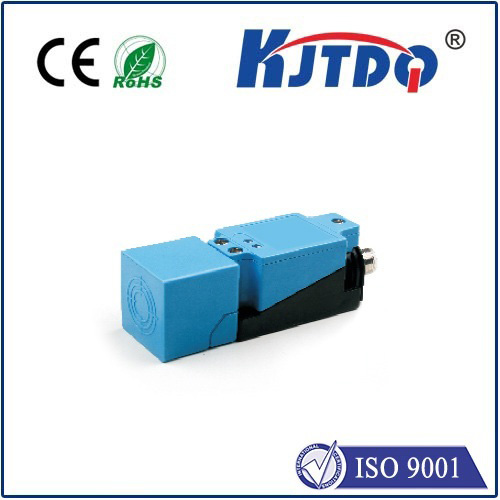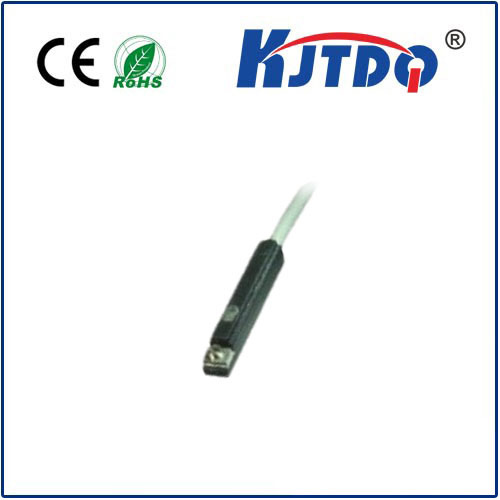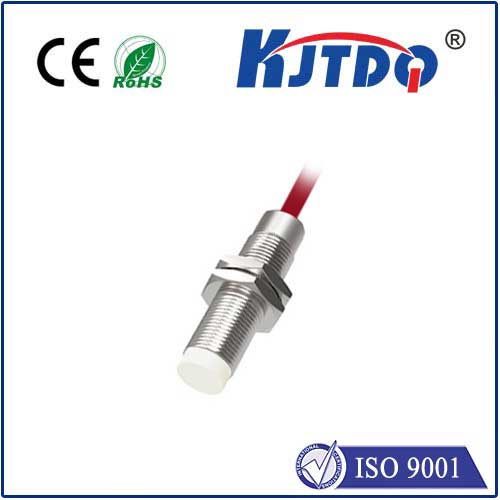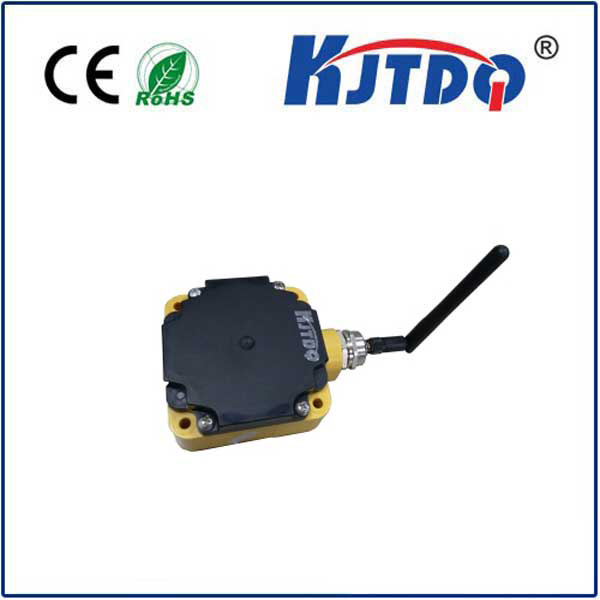optical proximity sensor types
- time:2025-08-15 00:11:35
- Click:0
Illuminating Choices: Navigating Optical Proximity Sensor Types for Your Application
Ever wondered how your smartphone screen magically turns off when held to your ear? Or marveled at how robotic arms gracefully halt millimeters before collision? The unseen orchestrator is often an optical proximity sensor. These sophisticated devices utilize light to detect the presence, absence, or distance of objects without physical contact, forming the backbone of countless automated and safety-critical systems. Understanding the distinct optical proximity sensor types is crucial for selecting the optimal solution, balancing factors like range, environment, accuracy, and cost.
At its core, an optical proximity sensor operates by emitting light—typically infrared (IR), visible red, or sometimes laser—and analyzing the light’s interaction with the target object. The variations in how the light is emitted, received, and interpreted define the fundamental categories of these sensors. Let’s delve into the most prevalent types:

- Reflective (Retroreflective) Sensors:
- Principle: This sensor houses both the light emitter (e.g., IR LED) and the light receiver (photodetector) in a single unit. It relies on a reflector (like a prismatic tape or dedicated reflector) positioned opposite the sensor. The emitted light beam travels to the reflector and bounces directly back to the receiver within the sensor. An object entering the beam path interrupts this returned light, triggering the sensor’s output.
- Key Advantages: Offers a longer sensing range than diffuse types (often meters), relatively easy alignment compared to through-beam, and is immune to the target object’s color or reflectivity (since it depends on the consistent reflector).
- Common Uses: Detecting objects on conveyors, presence detection in automated machinery, position verification where a reflector can be mounted opposite the sensor.
- Through-Beam (Opposed Mode) Sensors:
- Principle: Considered the most reliable type, it consists of two separate physical units: a transmitter housing only the light emitter, and a receiver housing only the light detector. These units are mounted directly opposite each other. The transmitter continuously sends a light beam to the receiver. An object passing between them breaks this beam, causing the receiver to detect the absence of light and signal an object is present.
- Key Advantages: Provides the longest possible detection ranges among common optical sensors (potentially tens of meters), offers excellent reliability and immunity to target color, surface finish, or reflectivity (it simply detects beam interruption). It’s also generally very resistant to ambient light interference.
- Common Uses: High-precision object counting (e.g., bottling plants), safety light curtains protecting hazardous areas, detecting large objects on production lines, package height verification.
- Diffuse Reflective (Proximity Mode) Sensors:
- Principle: Like the reflective type, the emitter and receiver are co-located in a single housing. However, no separate reflector is used. Instead, the sensor relies on the target object itself to reflect the emitted light back to the receiver. The detection occurs when enough of the scattered light reflected from the target reaches the sensor’s photodetector.
- Key Advantages: Simplest installation – only one unit needs mounting. Typically more compact and cost-effective than through-beam or reflective types with reflectors. Ideal for detecting objects close to the sensor.
- Key Consideration & Limitation: Performance is highly dependent on the target’s surface properties. Light-colored, matte, or reflective targets are easily detected, while dark, shiny (specular), or absorbent surfaces can significantly reduce the effective sensing range or cause detection failure. Sensing range is generally shorter than reflective or through-beam types. Advanced versions use background suppression or fixed-field techniques to minimize the influence of background objects and improve reliability on difficult surfaces.
- Common Uses: Detecting objects on conveyors (especially if color varies but generally reflective), bottle/can detection in filling stations, proximity detection in consumer electronics (like the phone screen example), position sensing in robotics.
- Laser Time-of-Flight (ToF) Sensors:
- Principle: This advanced type uses a focused laser diode as the emitter. Instead of just detecting presence/absence based on light intensity, it measures the time it takes for a short pulse of laser light to travel to the target and reflect back to the sensor’s receiver. Since the speed of light is constant, the sensor calculates the precise distance (*d = (c * t) / 2*, where c is speed of light, t is time).
- Key Advantages: Provides highly accurate distance measurement, not just presence detection. Capable of longer ranges than typical diffuse sensors. Performance is generally less sensitive to target color and surface characteristics compared to diffuse sensors (though highly absorbent surfaces can still be challenging). Can often output analog distance data or have multiple detection thresholds.
- Common Uses: Precise object positioning, bin picking and level detection in industrial automation, collision avoidance in AGVs (Automated Guided Vehicles) and drones, gesture recognition, volume measurement.
Choosing the Right Type: A Matter of Context
Selecting the optimal optical proximity sensor hinges on your specific application requirements:
- Required Sensing Distance: For long ranges, Through-Beam or Reflective (with reflector) are top contenders. ToF also offers good range. Diffuse is best for shorter ranges.
- Target Characteristics: If targets are dark, shiny, or highly variable, Through-Beam or Reflective offer immunity. Diffuse struggles without background suppression. ToF provides more reliable distance data across surfaces.
- Environment: Consider ambient light levels, dust, fog, or vibration. Through-Beam generally handles harsh environments well. Sensors with modulated light and synchronous detection are crucial for rejecting ambient light interference.
- Installation Constraints: Diffuse or Reflective sensors require access to only one side. Through-Beam needs clear line-of-sight on both sides. ToF needs a clear path.
- Required Output: Need simple on/off or precise distance data? ToF excels at distance measurement. The others primarily offer digital or analog presence signals.
- Cost: Diffuse and basic Reflective are often the most economical. Through-Beam involves two units, increasing cost. ToF sensors are generally the most expensive due to complex electronics.
From ensuring the safety of operators with through-beam light curtains to enabling the smart features on your phone with a compact diffuse sensor, the diverse world of optical proximity sensor types provides versatile solutions. By understanding their distinct operating principles, strengths like long-range detection or immunity to target reflectivity, and inherent limitations, engineers and designers can make informed decisions, selecting the precise technology that best illuminates the path to reliable and efficient object detection within their unique applications.












